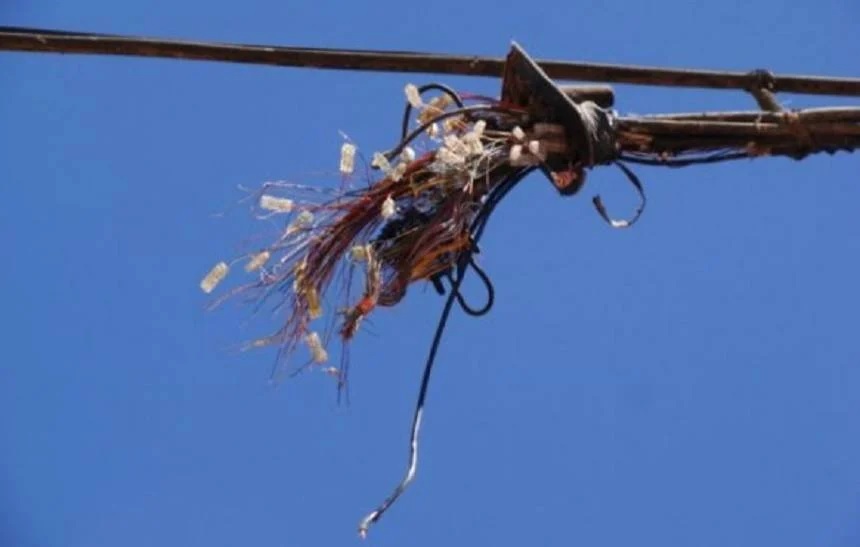Conexis Brasil Digital recorded that at the end of the year’s first half, 2,340 kilometers of telecommunications cables were vandalized, leaving 4 million customers without services in Brazil.
The published figure reflects an increase of 28% compared to the previous semester, but it also highlights an old problem that has not been solved even after registering an 11% drop in thefts in 2021 compared to 2020.
But it is also part of a regional scourge: a week ago, Chile reported that this type of crime had led to the theft of 725,000 kilos of cabling.

The report breaks it down and points out, for example, that in São Paulo, it totaled more than 490 kilometers; in Paraná, 487 kilometers; in Minas Gerais, 317 kilometers; in Espírito Santo, 182 kilometers; and in Rio de Janeiro more than 161 kilometers of vandalized wiring.
“The increase recorded compared to the volume subtracted in the second half of 2021 reinforces the sector’s concern about these criminal actions.
“São Paulo, Paraná, Minas Gerais, Espírito Santo, and Rio de Janeiro are the states that suffered the most from the problem,” says the report.
It reflects that these actions “cause direct damage to millions of consumers, who are left without access to important services for day-to-day life,” and compromise public utility services such as police, fire, and medical emergencies.”
Of all the districts that suffered the loss of their telecommunications infrastructure, Espírito Santo was the most affected, with a 162% increase in the number of episodes recorded compared to the previous six-month period but 245% when compared to year-on-year figures.
São Paulo, in turn, recorded an increase of 16% compared to the previous semester but a drop of 21% compared to 2021, while Paraná grew by 29% compared to the previous semester but a rise of 113% year-on-year.
In the published report, Rio de Janeiro had a separate chapter.
“Throughout 2021, especially in the second half of the year, the sector intensified its interlocution with federal, state and municipal authorities, especially in Rio de Janeiro, to promote actions to combat theft, robbery, and vandalism of cables and equipment,” Conexis said in its balance sheet.
It explained that these actions resulted in the 52% drop in episodes recorded between 2021 and 2020.
“In the first half of the year, the state fell to fifth place among those that suffer the most from the problem, and despite having shown an increase of 63% compared to the second half of 2022 – data that deserves attention – compared to the first half of 2021 there was a drop of 60%,” the document added.
With information from Telesemana

